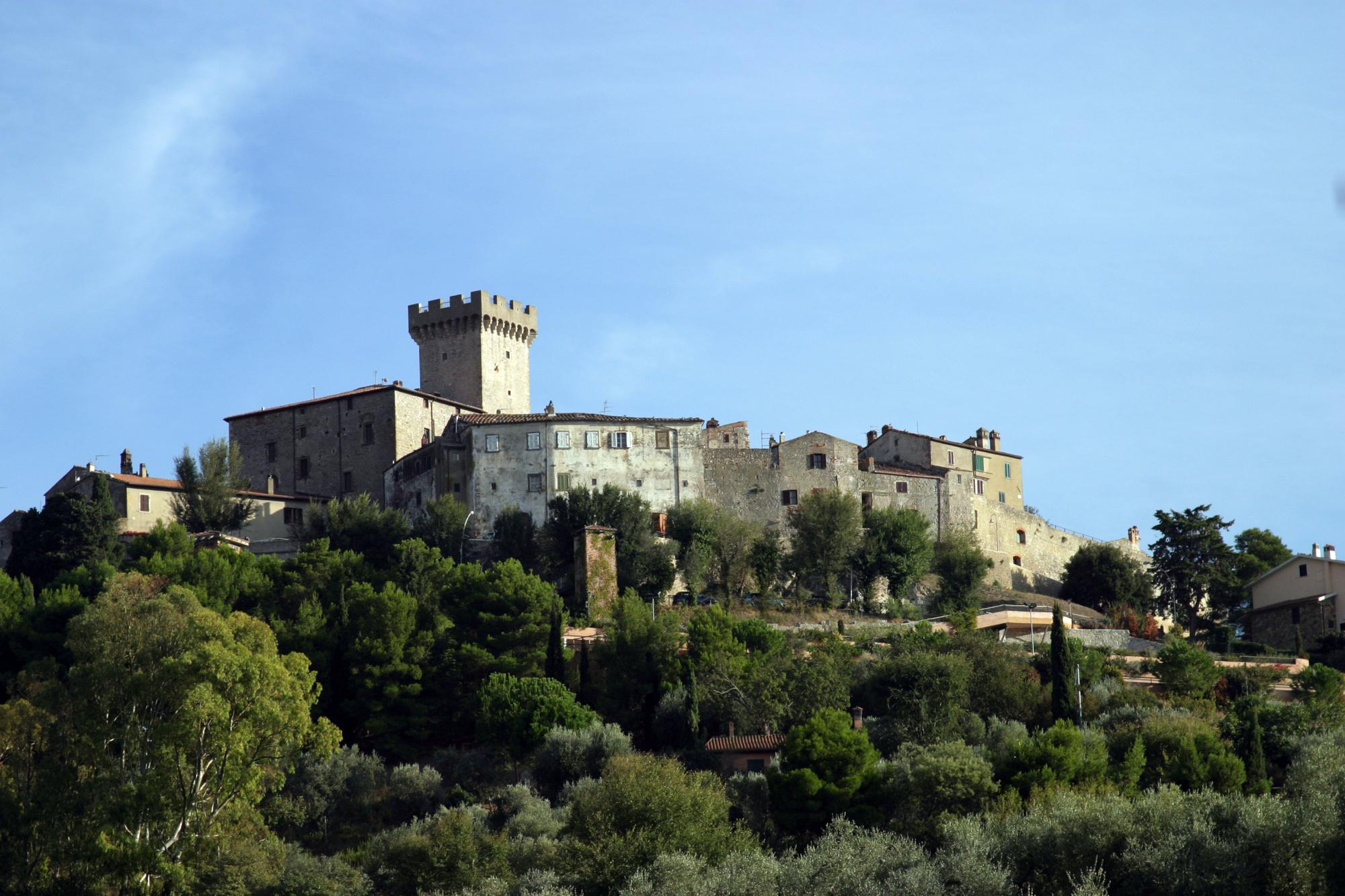

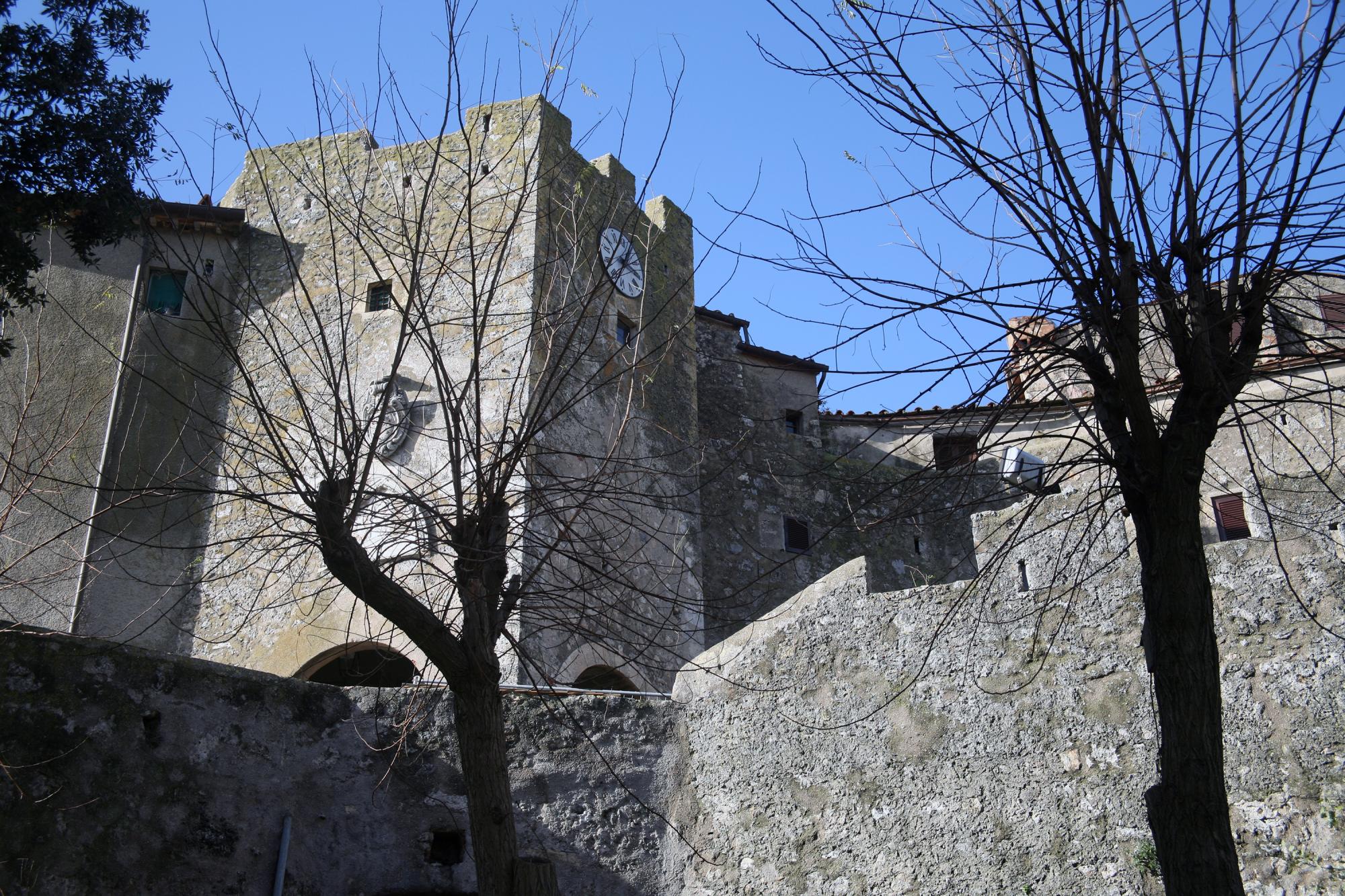
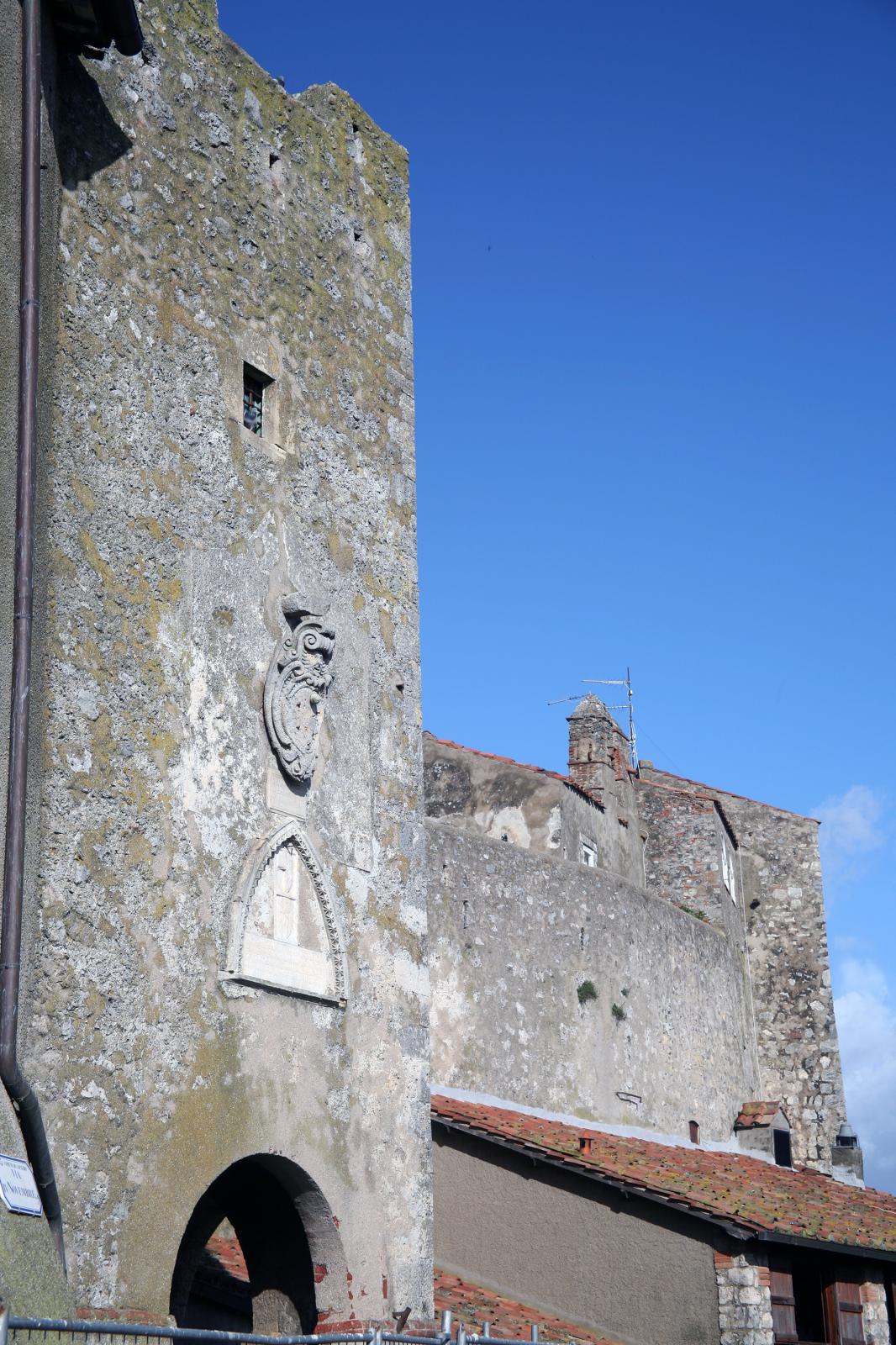
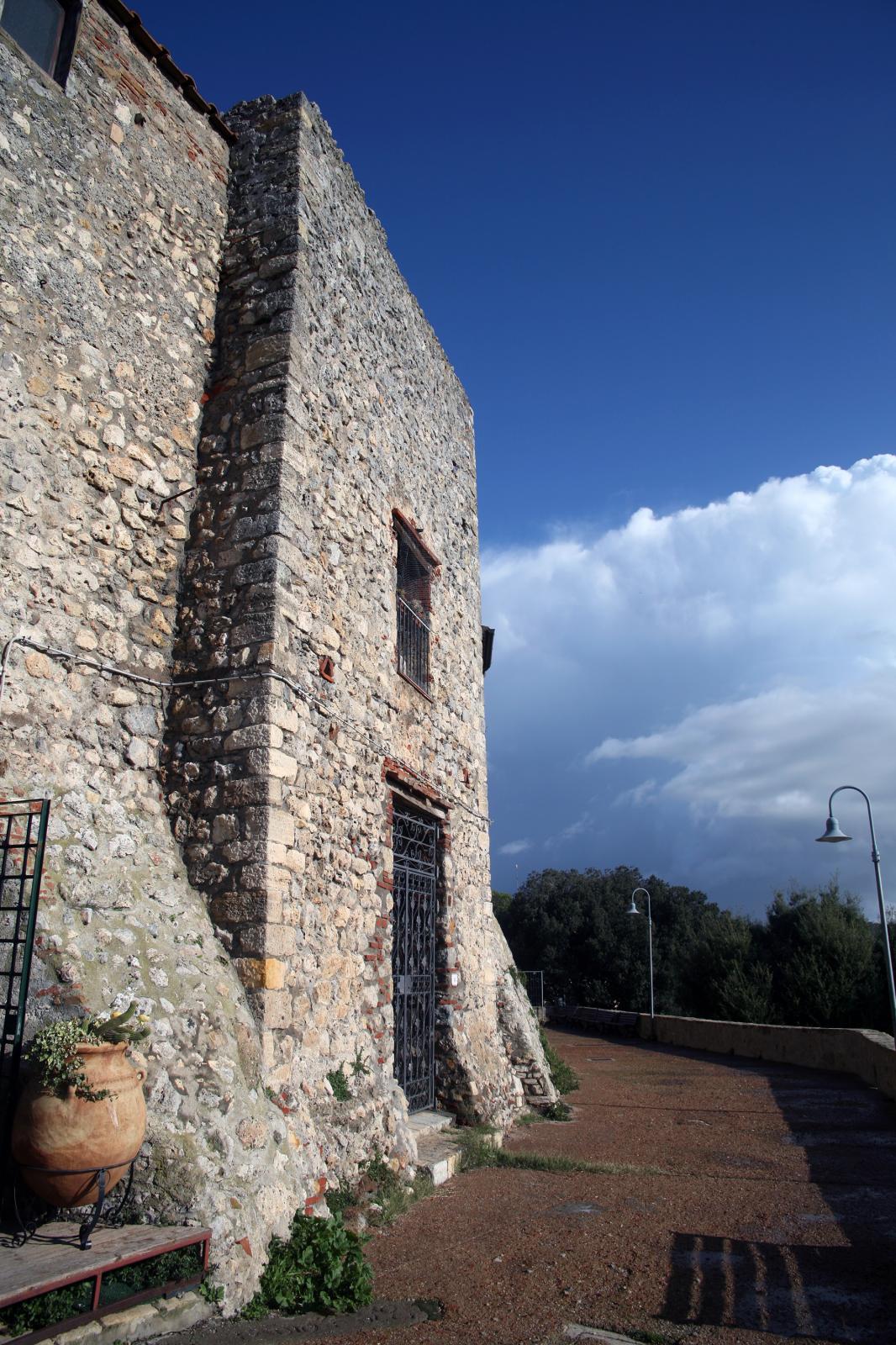
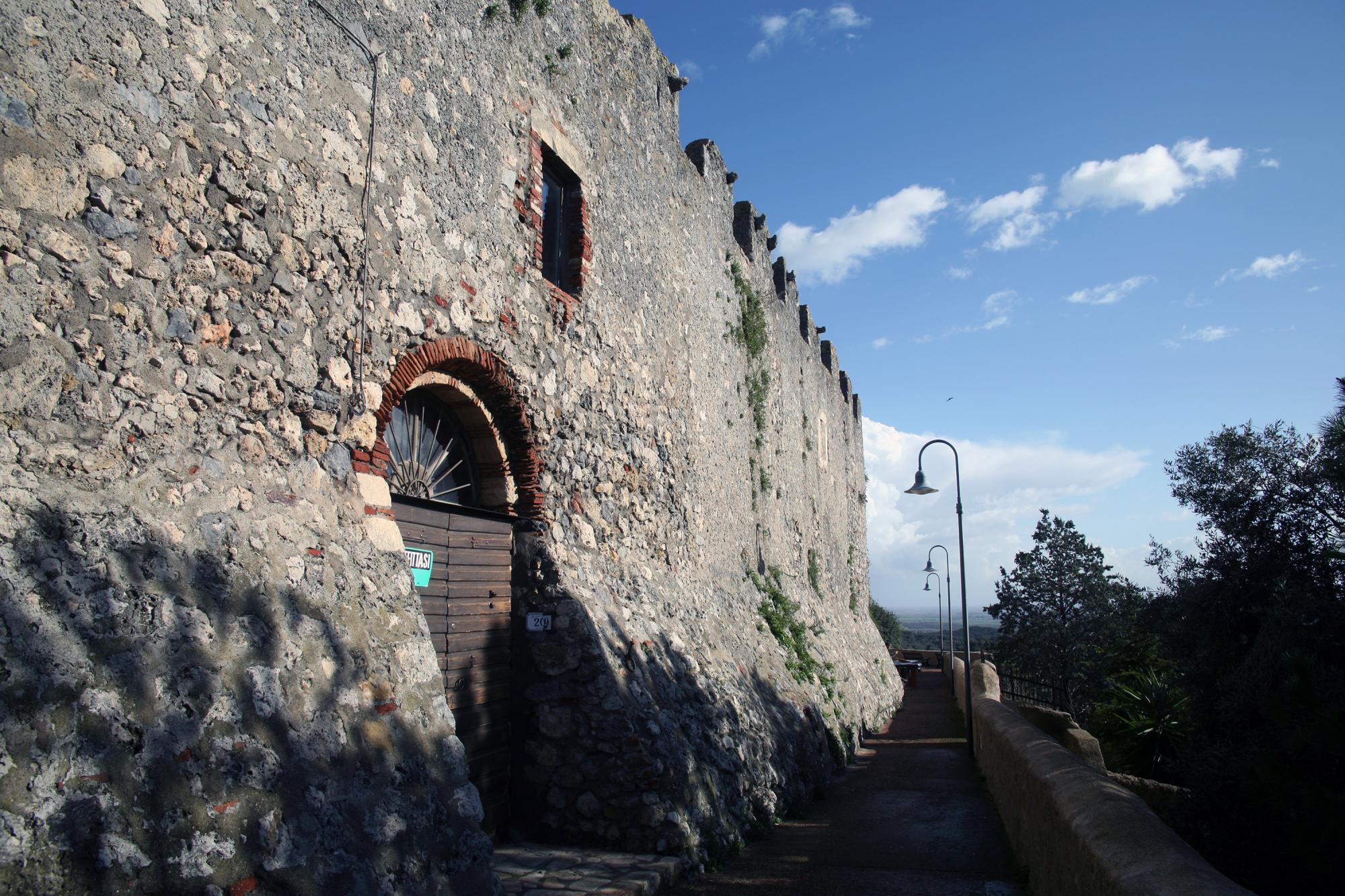
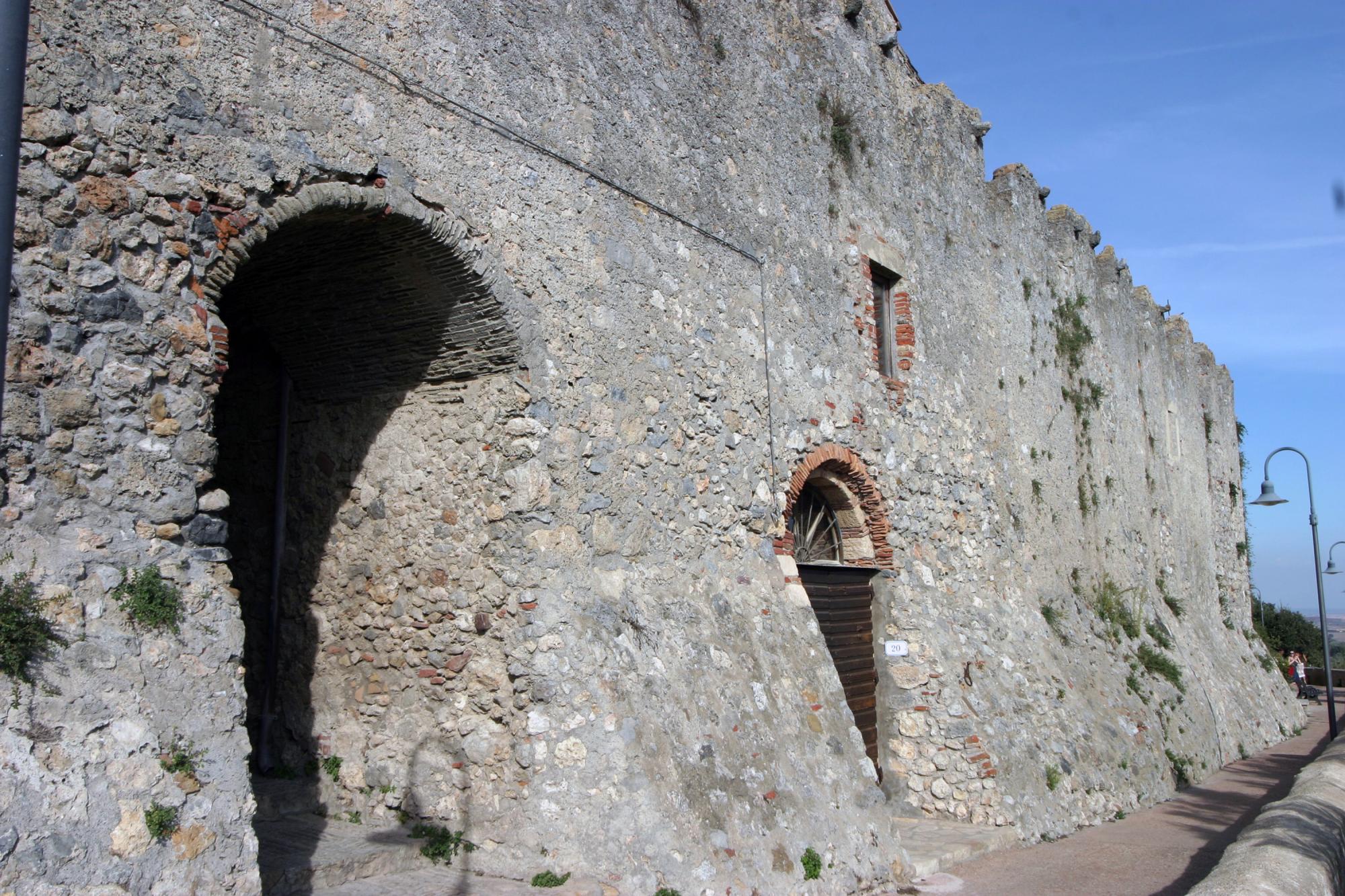
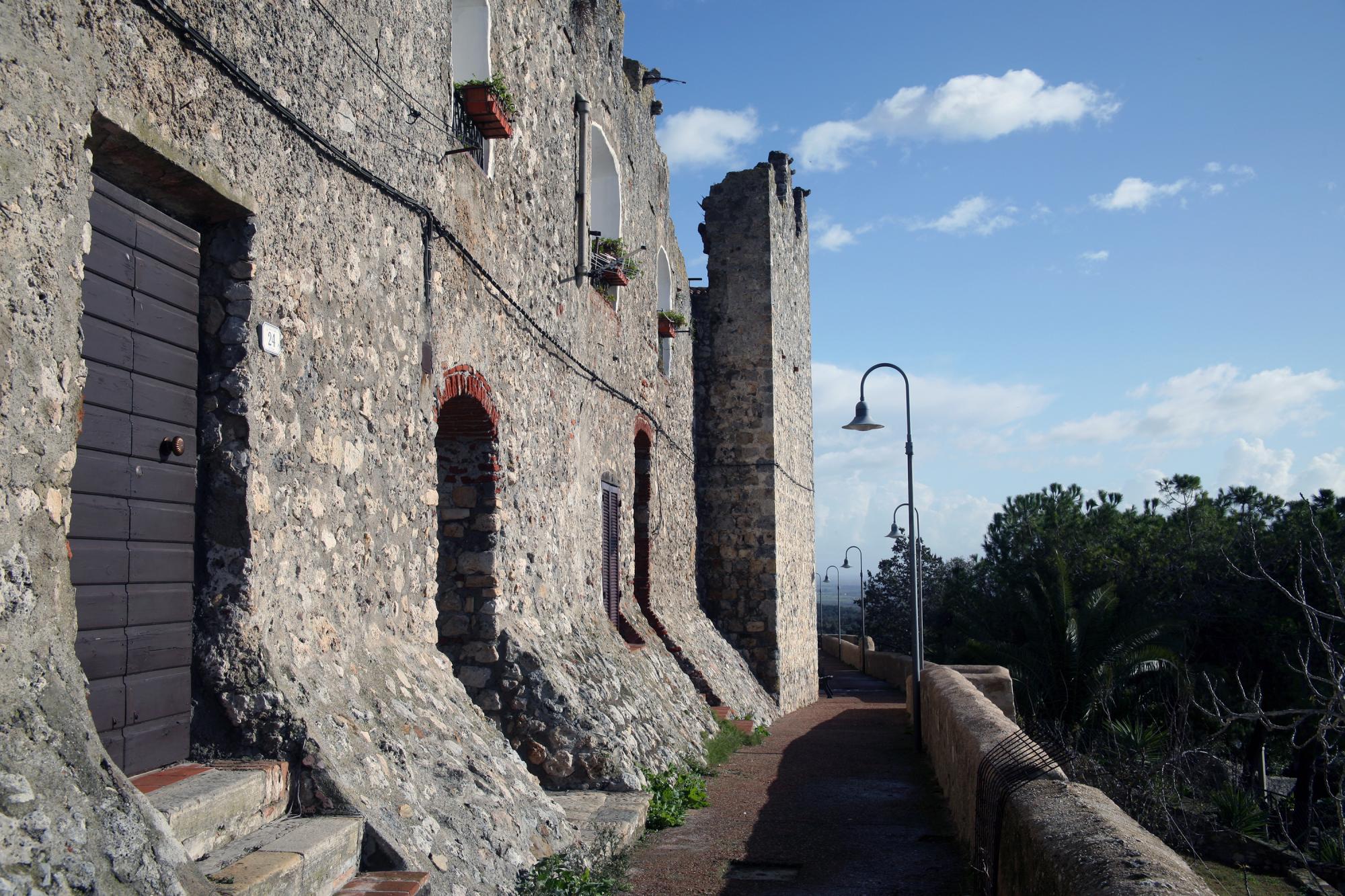
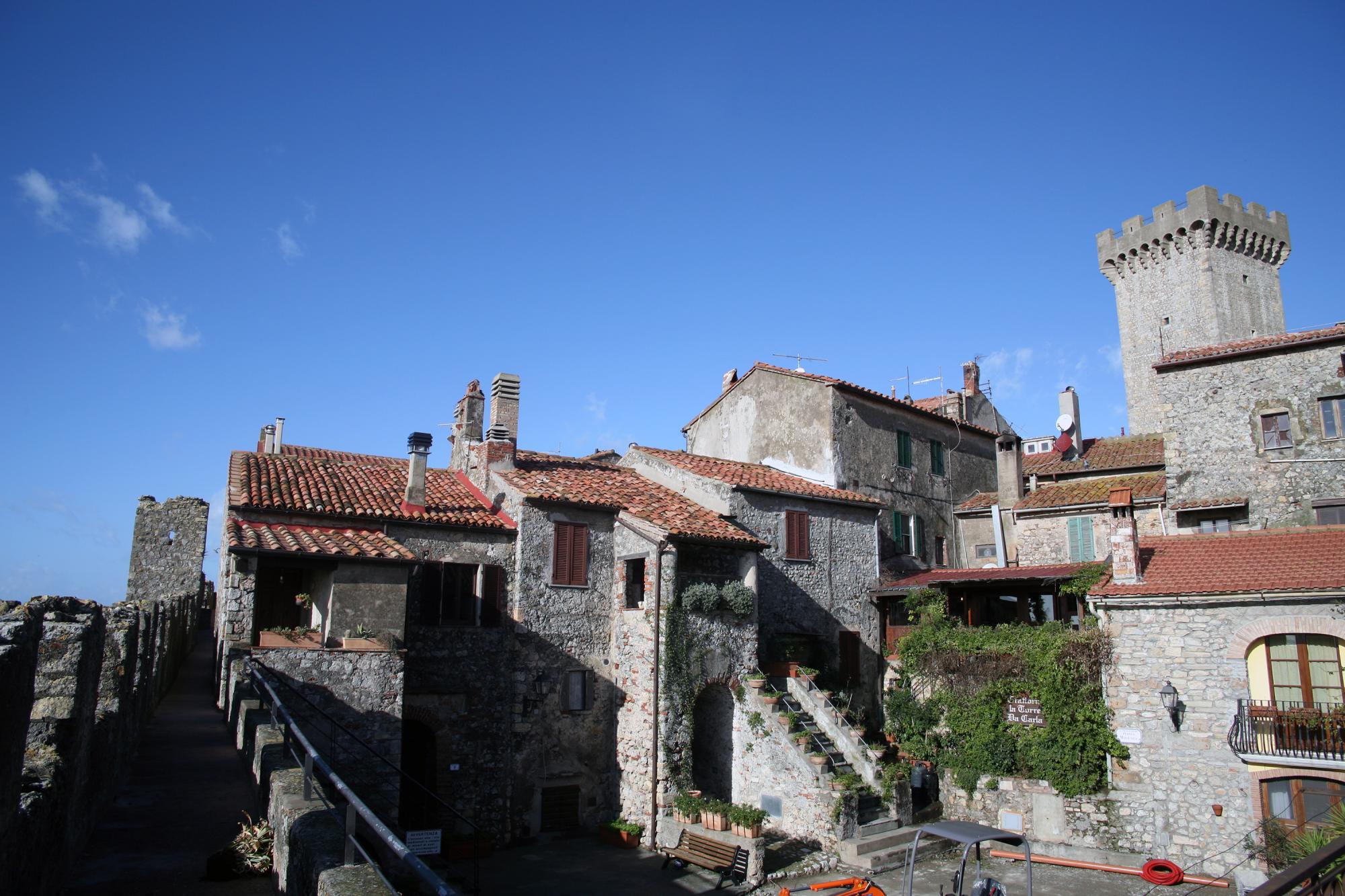
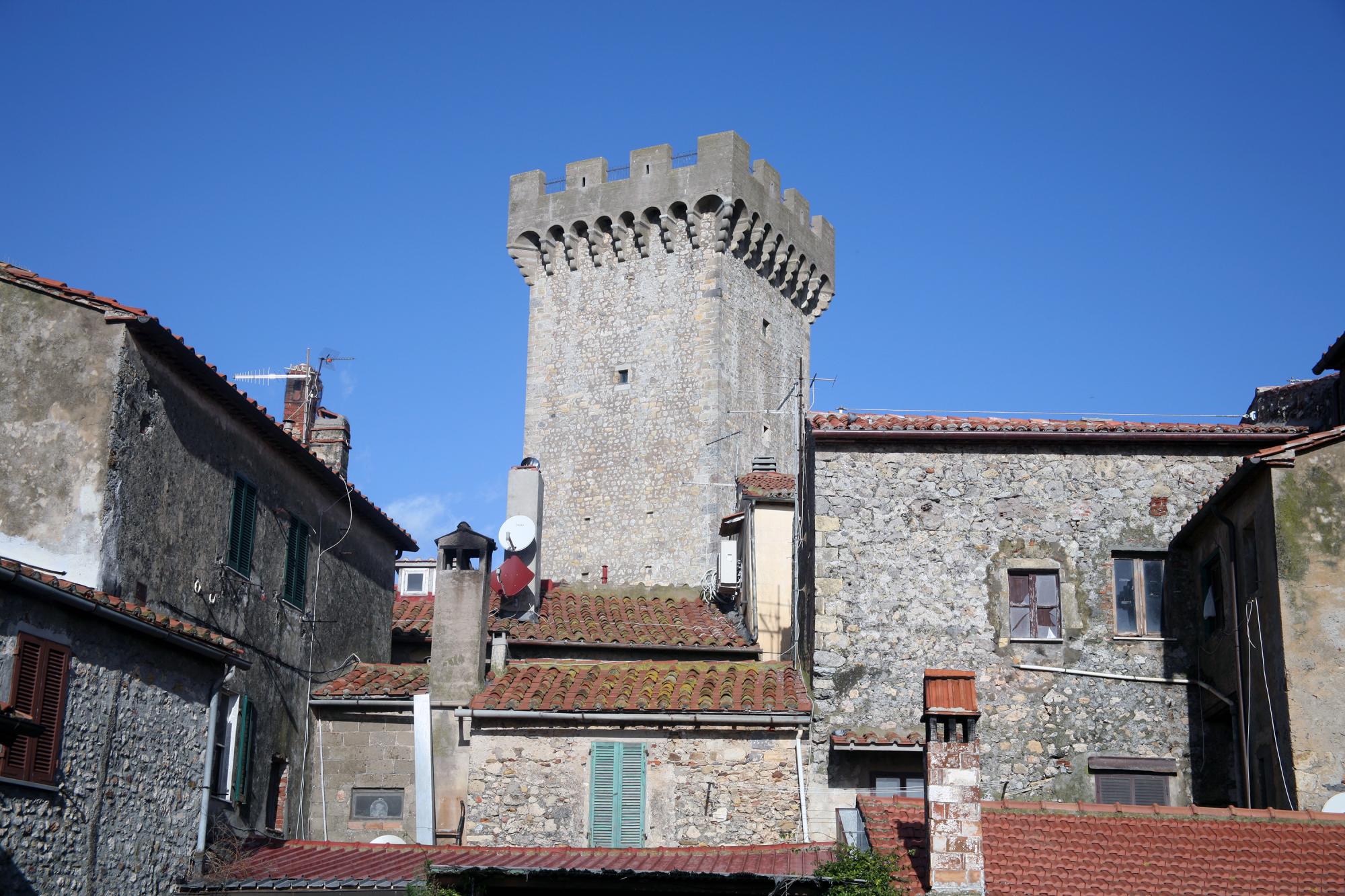
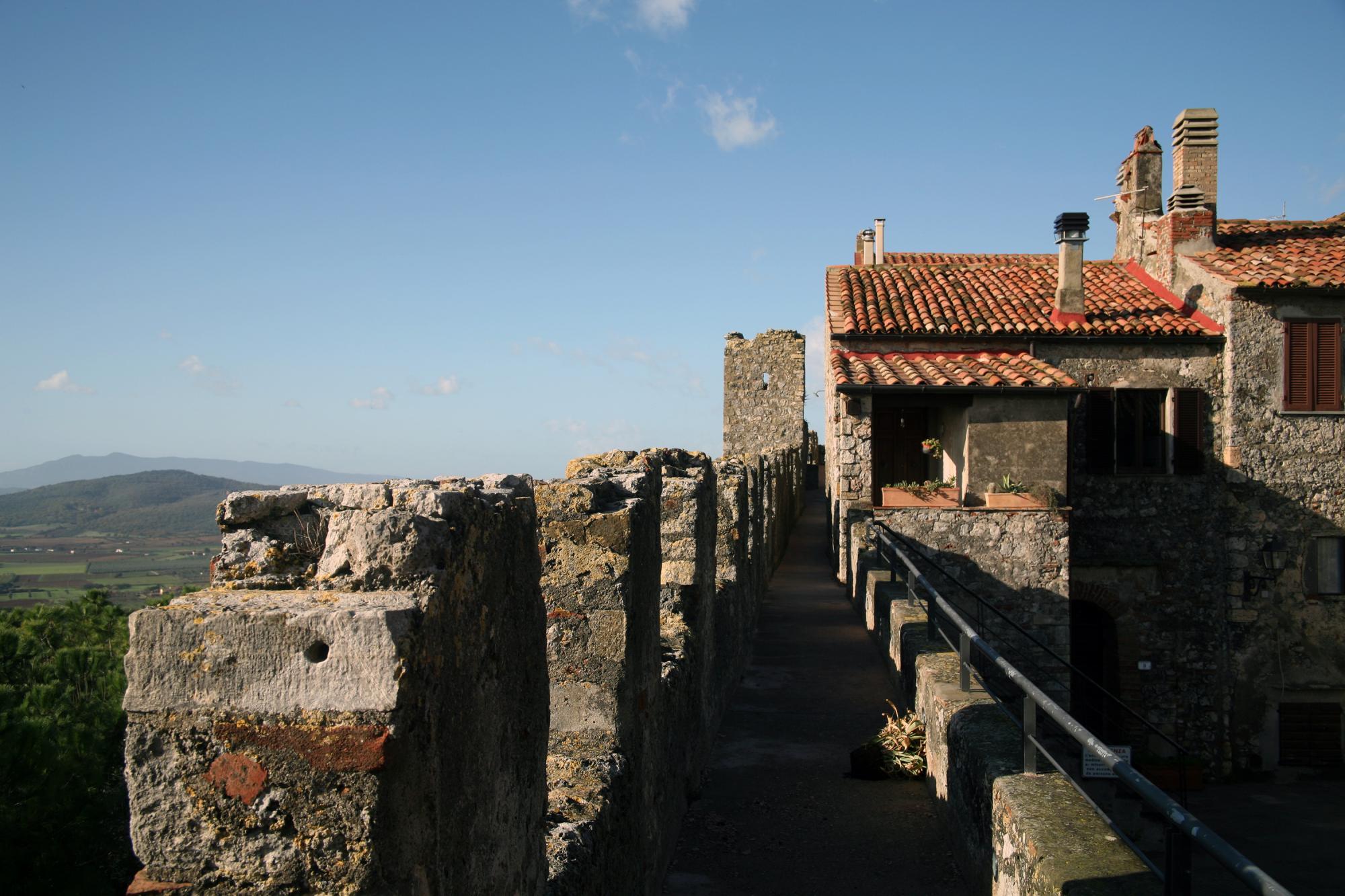

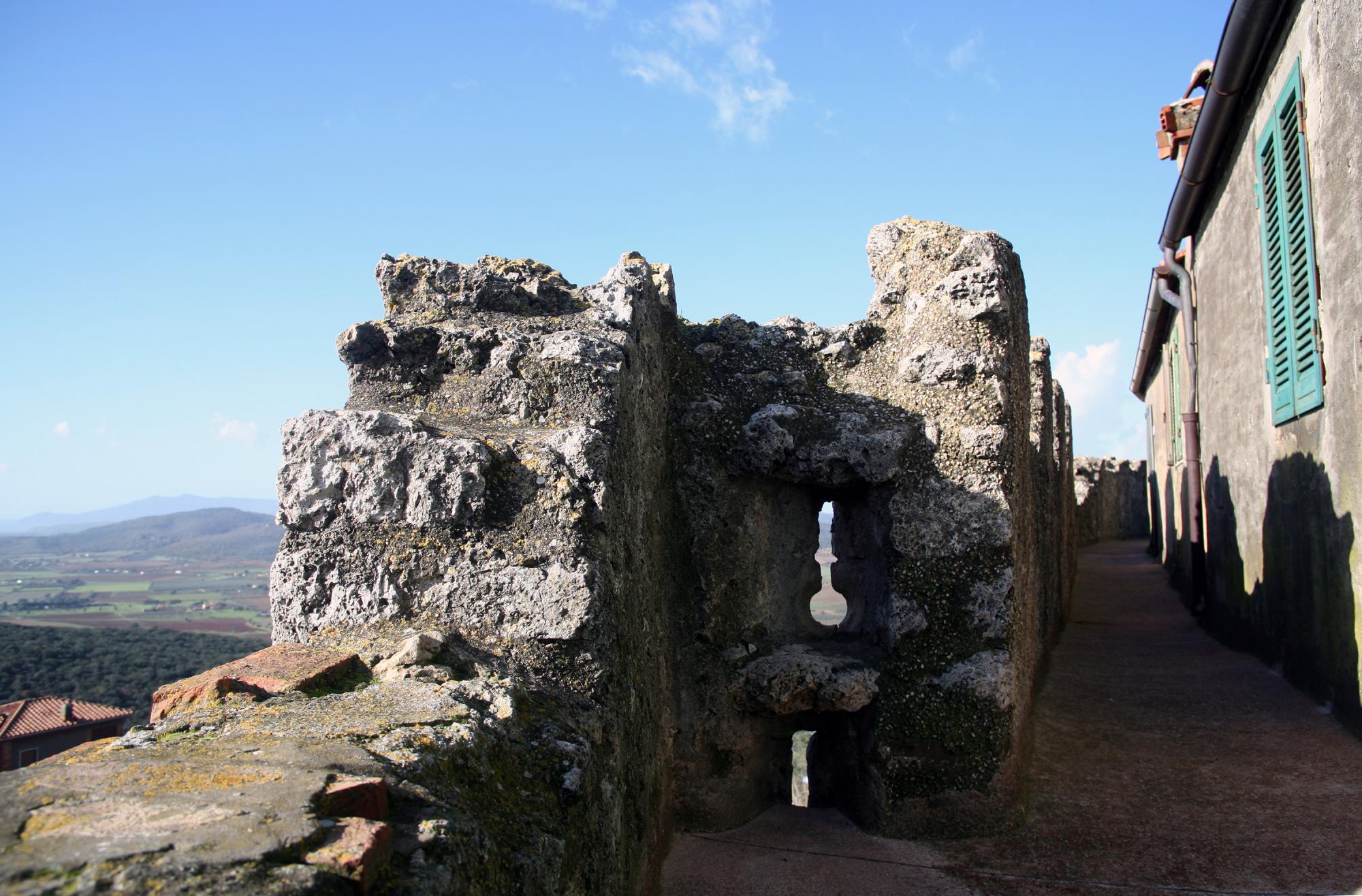


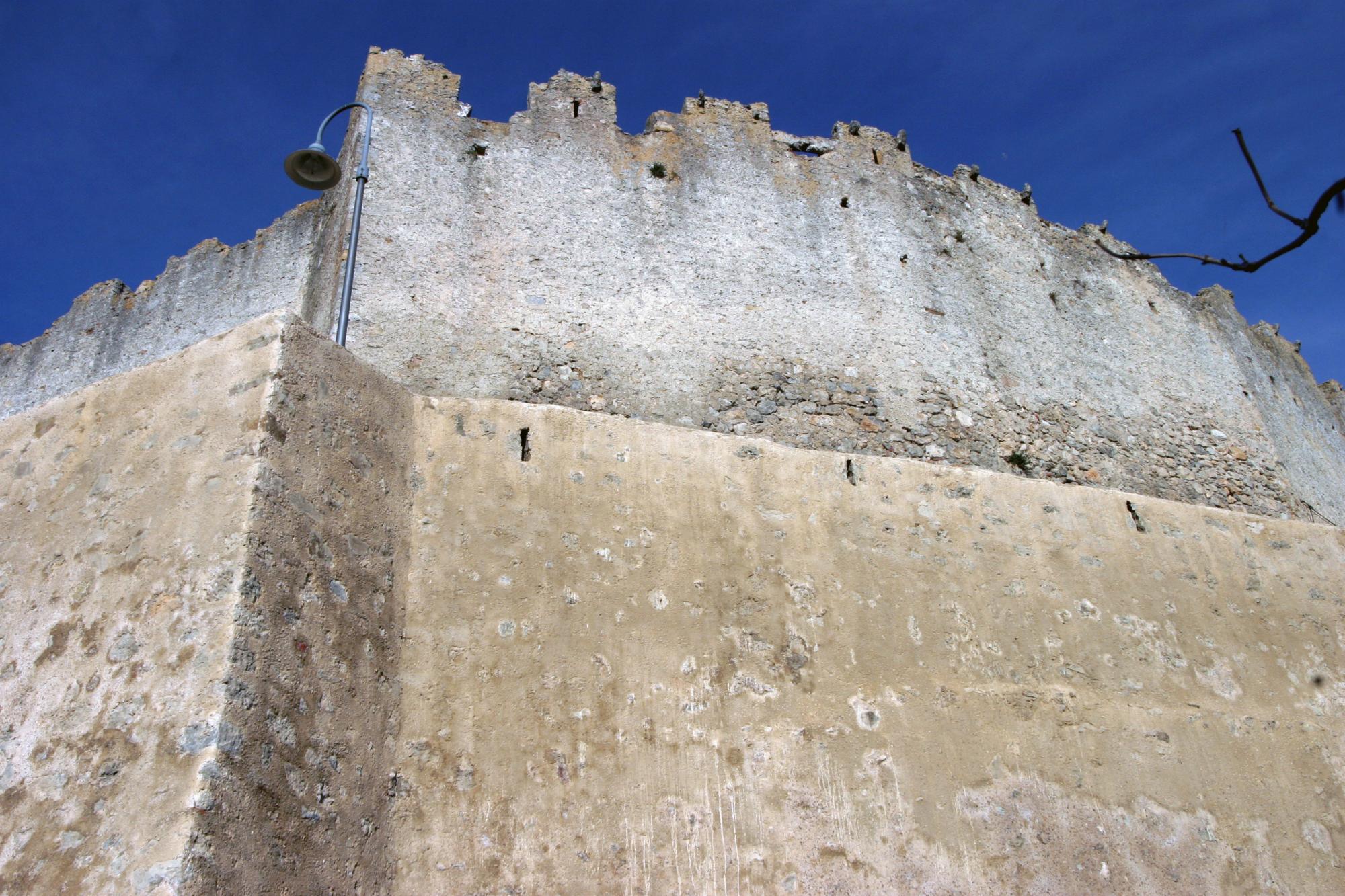
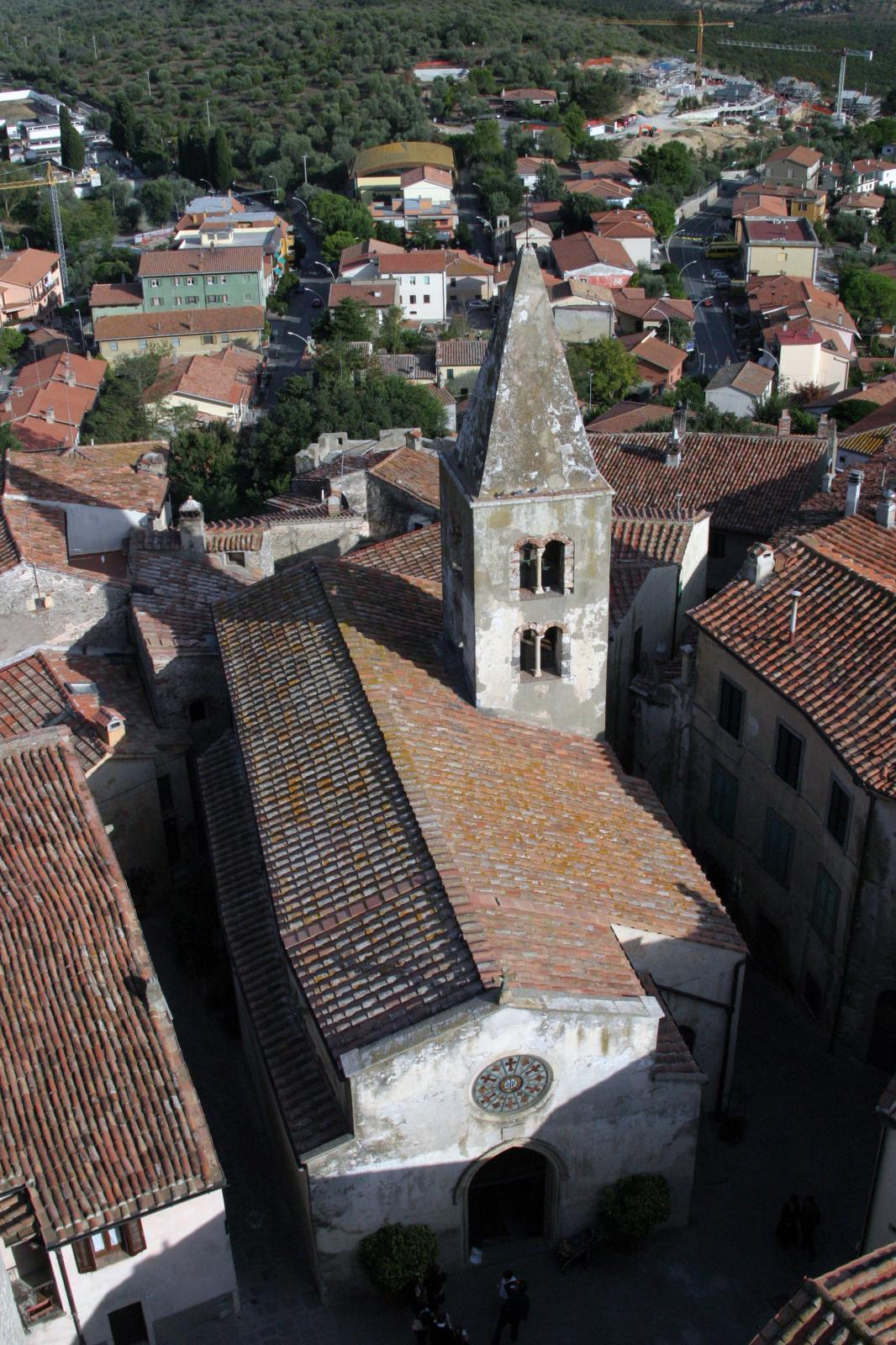
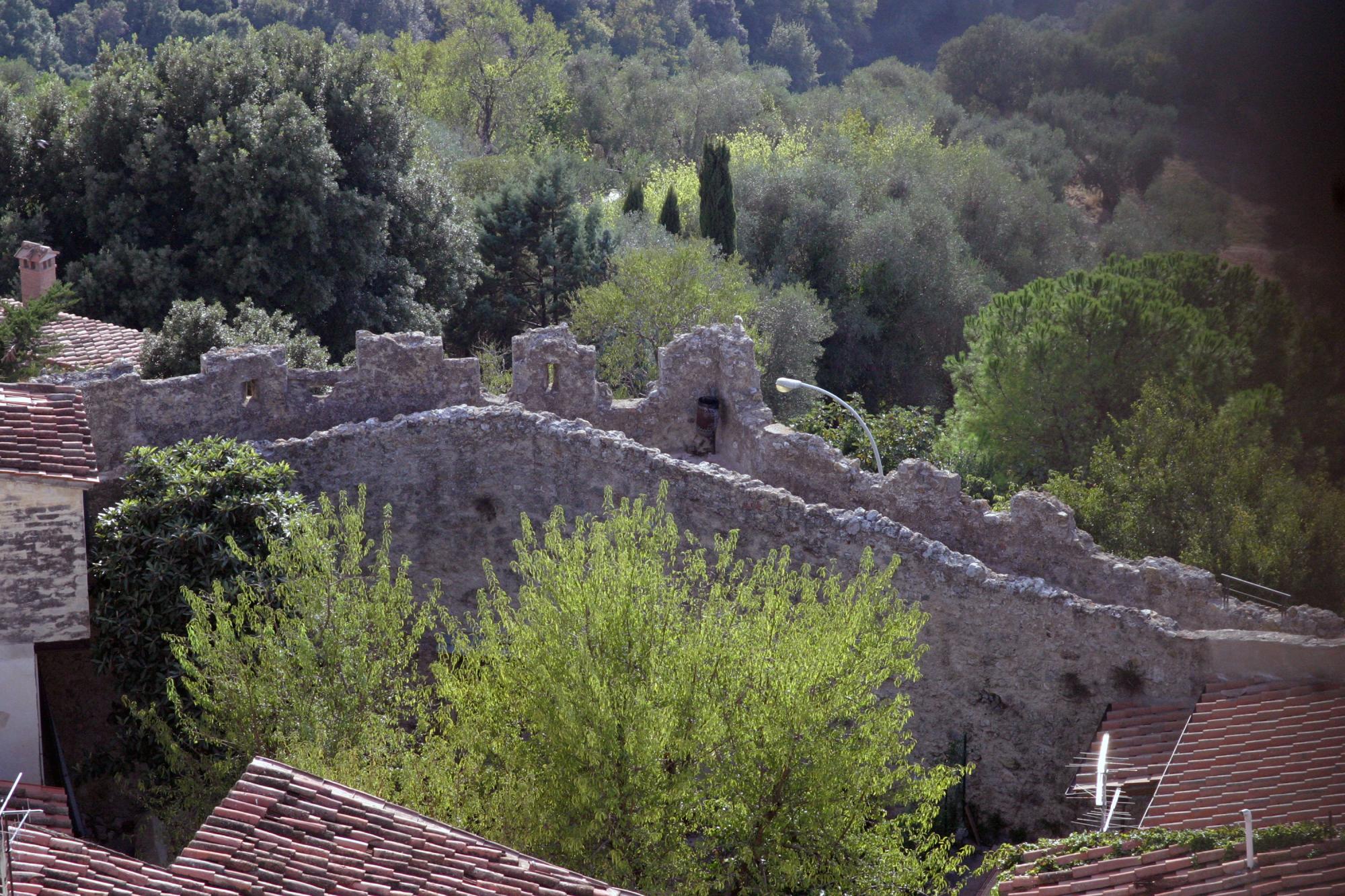


















How to reach
Capalbio is located in the southernmost part of the Province of Grosseto, just a few kilometres from Lazio, and can be easily reached by following the SS1 Aurelia to the exit “Capalbio”. It is the southernmost municipality in Tuscany.
History
The Medieval village of Capalbio is located on a hill surrounded by lush Mediterranean vegetation on the furthest point of the Tuscan Maremma, immersed in an important natural environment. The territory was occupied by the Etruscans, but the first document citing Capalbio is from 805, the official Leonino Carolingia bull with which Charlemagne donated this land to the territory of the Abbey of the Three Fountains in Rome.
During the Middle Ages, the zone went under the control of the Aldobrandeschi family and later under the control of the Orsini. In 1416, Capalbio went under the control of the Sienese, enjoying a period of renewed and florid commerce. In 1532, Charles V’s troops occupied the town, and it was liberated thanks to the French troops. When it permanently fell under Siena, Florence took control of the area under the rule of Cosimo de'Medici, starting a gradual decline of the town. In this period, Capalbio was practically the last stronghold facing the Spanish garrisons; therefore, it was isolated, and malaria quickly took over the Maremma plains.
Under the Grand Duchy of Tuscany of the Lorena, Capalbio lost all of its administrative power and was encompassed first by Manciano and later by Orbetello. In the second half of the 1800’s, during an intense period of banditry, Capalbio became a shelter for outlaws, and in 1896, she married the most famous bandit of the time, Domenico Tiburzi. Only in 1960 did Capalbio regain its administrative autonomy.
The historic center, with its crenelated profile, attracts attention from many kilometers away and is still surrounded by a double wall with walks on different levels, which today may still be walked upon. The village is dominated by the massive Aldobrandesca Fortress at its highest point.
The first medieval enclosure, in local stone, was built by the Aldobrandeschi between the 11th and 12th centuries for defense and lookout purposes around the fortress, the center of the feudal powers of that period. During the 15th century, the Republic of Siena commissioned the modernization of the oldest city walls. During this intervention, a second set of exterior walls and the Sienese Gate were built, where today a plaque from 1418 stands, reminding us of the restructuring, and also a Medici coat of arms from 1601. Since then, the walls have remained practically untouched up until today. Recent work has brought back their ancient splendour. The walls are spaced around a series of towers, almost all with a square base. The curtain walls present traces of scarp bases on the external side and crowning Guelf crenelations, with some sections coinciding today with the external walls of the buildings, and for this reason we can see doors and windows opening along the stone walls.
The Aldobrandesca Fortress is situated at the highest point of the village and is made up of a tower and an elegant palace built between them. It was built in the low Middle Ages as part of the land tenure of the Abbey of the Three Fountains in Rome. During the 13th century, it passed to the Aldobrandeschi family, who enlarged it. After a short residency by the Orsini family of Pitigliano and the conquest by the Sienese at the beginning of the 15th century, the Fortress of Capalbio became one of the southernmost strongholds of the Republic of Siena. The Sienese carried out restructuring work, giving the architectural monument its actual aspect.
The tower is part of the original nucleus of the complex and presents quadrangular sections leaning on a cordoned scarp wall, with the highest part crowned by crenelations built on shelves supported by blind arches. The elegant palace from the Renaissance, very close to the tower on the short wall is known as Palazzo Collacchioni.